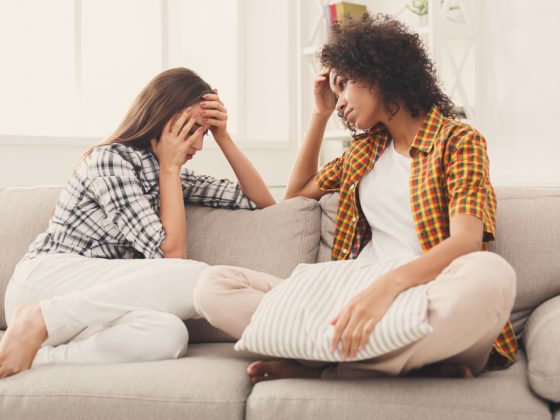If a girl is of the Muslim faith, she should start wearing a hijab after she gets her first period.
She will also begin praying and fasting after her first menstruation, depending on when the occasion calls for it.
Are you a bit confused about what a hijab is? Don’t worry, we will explain it as well as expand on this question and other relevant topics.
This article is intended to help educate anyone interested in learning more about the Islamic faith and its customs.
Table of Contents
What is a hijab?
The term itself is of Arabic origin, and it means to create a barrier or partition.
In this Islamic faith, a hijab represents fundamental modest behaviors and their mode of dress.
Although technically it is not correct, for the purpose of this article, we will be referring to the hijab as a type of head covering for Muslim women.
We shall answer a lot of pertinent questions related to the hijab and other Islamic customs.
This notable figure wears a hijab
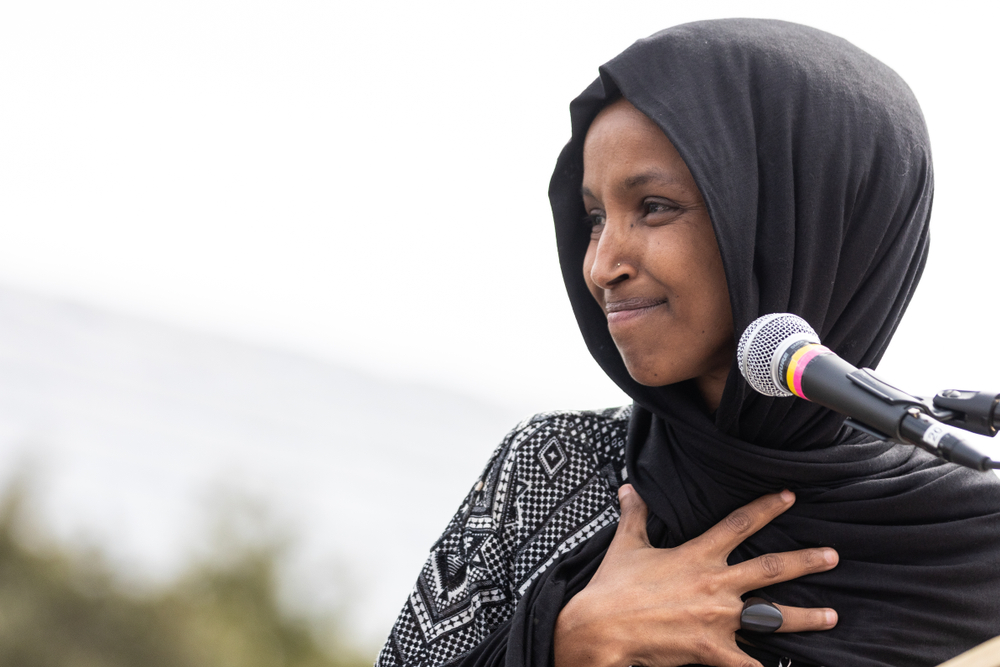
You might already be familiar with her but didn’t realize there was a special name for what she wears on her head.
Democratic Representative Ilhan Omar, affectionately known as a member of the Squad, is usually seen wearing one of these. Notice how it completely covers her hair.
Representative Omar wears her hijab proudly and other people recognize and respect this.
Now you know what we are talking about, right? Let’s keep looking at what hijabs represent and, importantly, what they don’t represent.
What a hijab is NOT
Hijabs should be referred to reverently and with respect, as they are a key religious garment for many Muslims. They should not be referred to in a derogatory way.
It is NOT a headscarf, a headpiece, a hat, and certainly not a rag. It is worn in connection with people from the Muslim religion as a sign of respect to their deity.
Now that you understand what it is and what it is not, you can refrain from insulting a person who wears one
Even if you do not mean it to be an insult, it can be taken as such. So, please think before you speak!
Is it mandatory to wear a hijab?
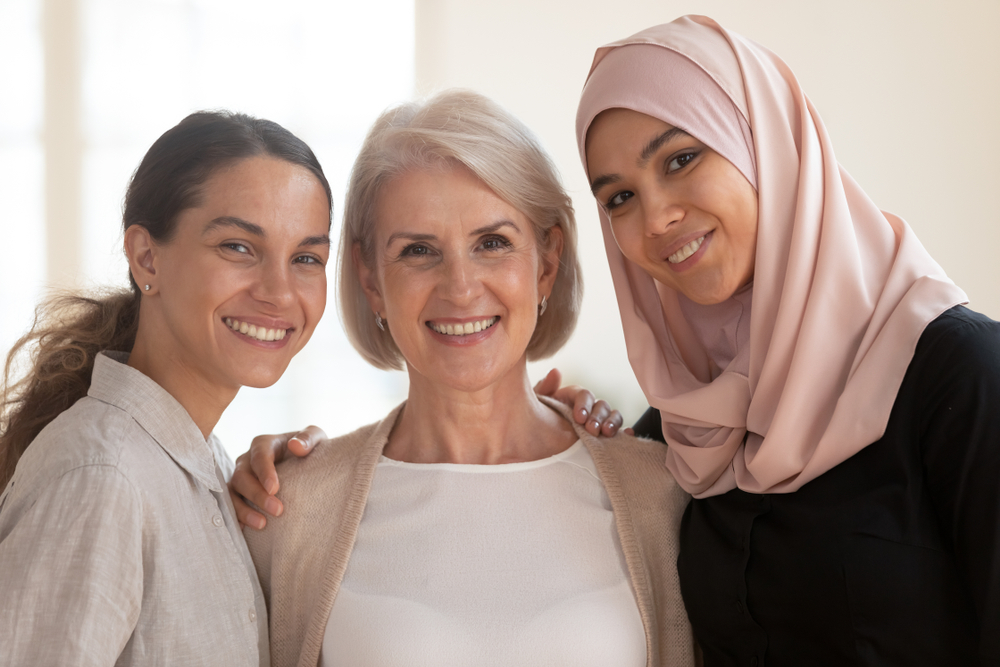
According to knowledgeable sources, the answer is no.
Although the public may often see a woman of the Muslim faith wearing one, scores of modern-day Islamic scholars insist it has nothing to do with the teachings of their religion.
Therefore, it is not disrespectful to their Prophet if the hijab is not worn.
Do men wear a hijab?
Remember that officially the hijab is not the headpiece but rather the concept.
Men follow this practice and all related customs just as much as women do.
The general idea is for persons of the Muslim faith to dress and behave in a modest manner at all times.
According to Quaiser D. Abdullah, who is an adviser for the Muslim Student Association at the Temple University College of Education, there are rules to be followed.
Clothes must cover the wearer from above their navel to below their knee.
These coverings may also be known as an awra. It also refers to the headdress worn by women.
More information on the hijab
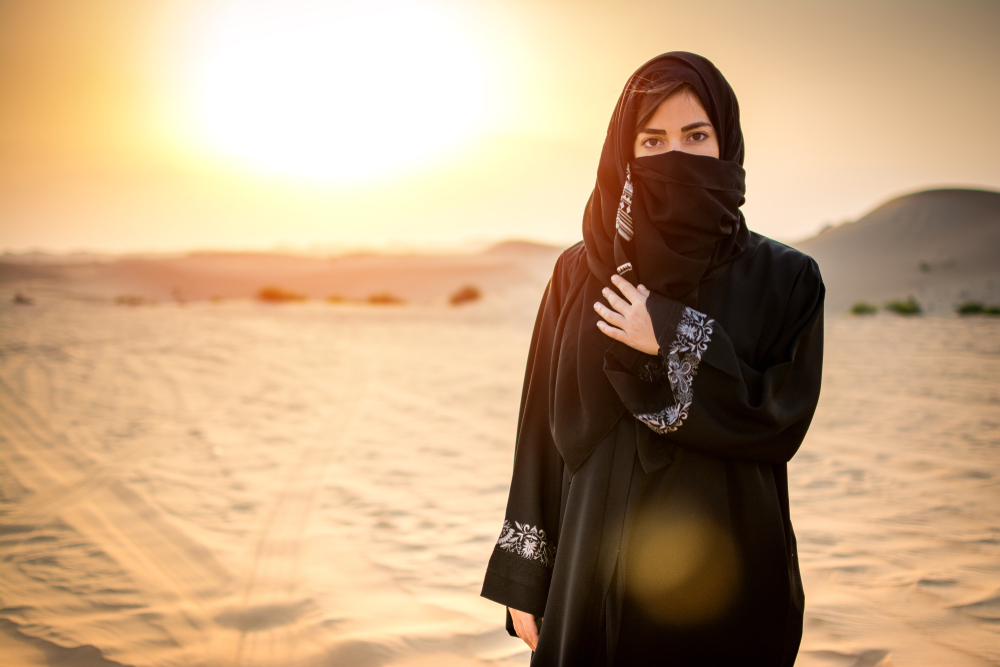
While we just told you that some authorities say the hijab is not compulsory, other modern scholars of the Muslim faith say the rules are different for women.
Women are usually required to cover all parts of their body except for their face and hands. This includes their hair.
Some Muslim women might wear a covering over their face too, but that is optional.
According to the Islamic dress code, officially established in 1979, all women above nine years old must abide by the rules.
An exception can be made when they are attending school.
Why is it mandatory for Muslim women to cover themselves?
It is considered a matter of guarding themselves against the leering gaze of a man. She is expected to dress in a graceful and modest manner.
Some people claim it is not mandatory, but others will be punished harshly if they are caught not wearing one.
In their culture, it is believed to be disgraceful to allow their abdomen to be visible to other people. They think Allah would not approve.
The breast areas and front of their necks should also be covered up.
Remember, there is no right or wrong when it comes to someone’s religion. It is simply an alternate culture.
Does the Islamic culture mandate the hijab?
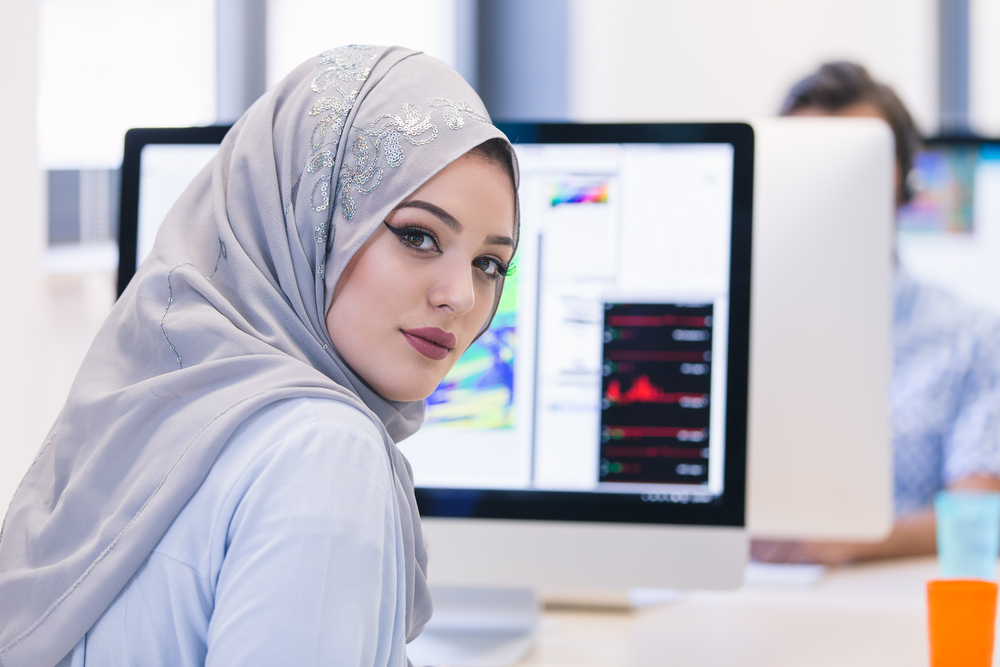
It strongly depends on what country we are talking about. Some places are stricter than others.
All women over the age of nine years old have to wear the hijab method of clothing in some countries.
If they are of the Muslim faith, this is what is required of them.
As we said, not following this dress code at all times can result in harsh punishment.
Not only must certain clothing be worn by Muslim women in the first place, but it also has to be worn properly.
Allowing her cloak or body clothes to become open is not permitted. Every garment needs to be securely fastened shut at all times.
Types of hijab attire
The garment we know as a hijab is actually called something else. This garment is really a type of veil, whereas the entire hijab outfit is another aspect of the attire.
In reality, there are different types of veils. We will tell you about these now.
- The headscarf that covers the upper neck and head of the person is what is officially the hijab. With it, the face is allowed to be exposed.
- In the Persian Gulf countries, a niqab is the garment that covers the head and face. The eyes are exposed.
- Then there is the burqa. It is primarily worn in parts of Afghanistan. It covers the entire body and face. The eyes are covered too and only visible through a crocheted opening.
- In Iran, they wear the chador. It is a coat that covers the whole head and body. It is either black or another dark color and is held in place by a woman’s hands.
- In South Asia, men and women of all religious faiths must wear a shalwar qamis. It is a knee-length tunic accompanied by pants.
Muslim women in the United States

There are many women and men of the Muslim faith in the States now.
Whether or not they follow the strict dress codes and teachings of their religion appears to be an individual decision.
It seems to depend on what generation they are from as well as how religious they are. Regardless, all are to be respected by the rest of the public.
The importance of universal acceptance of other cultures
As we have been discussing the hijab and all its rules, it is pertinent to talk about the acceptance of varied cultures.
The reasons for these rules vary from one culture to another.
It is important that these cultural differences be accepted and not mocked. What may seem unusual to some is normal for others.
Hopefully, after learning a bit more about hijabs and their meaning, you can be sure that you are referring to them in a respectful way.




